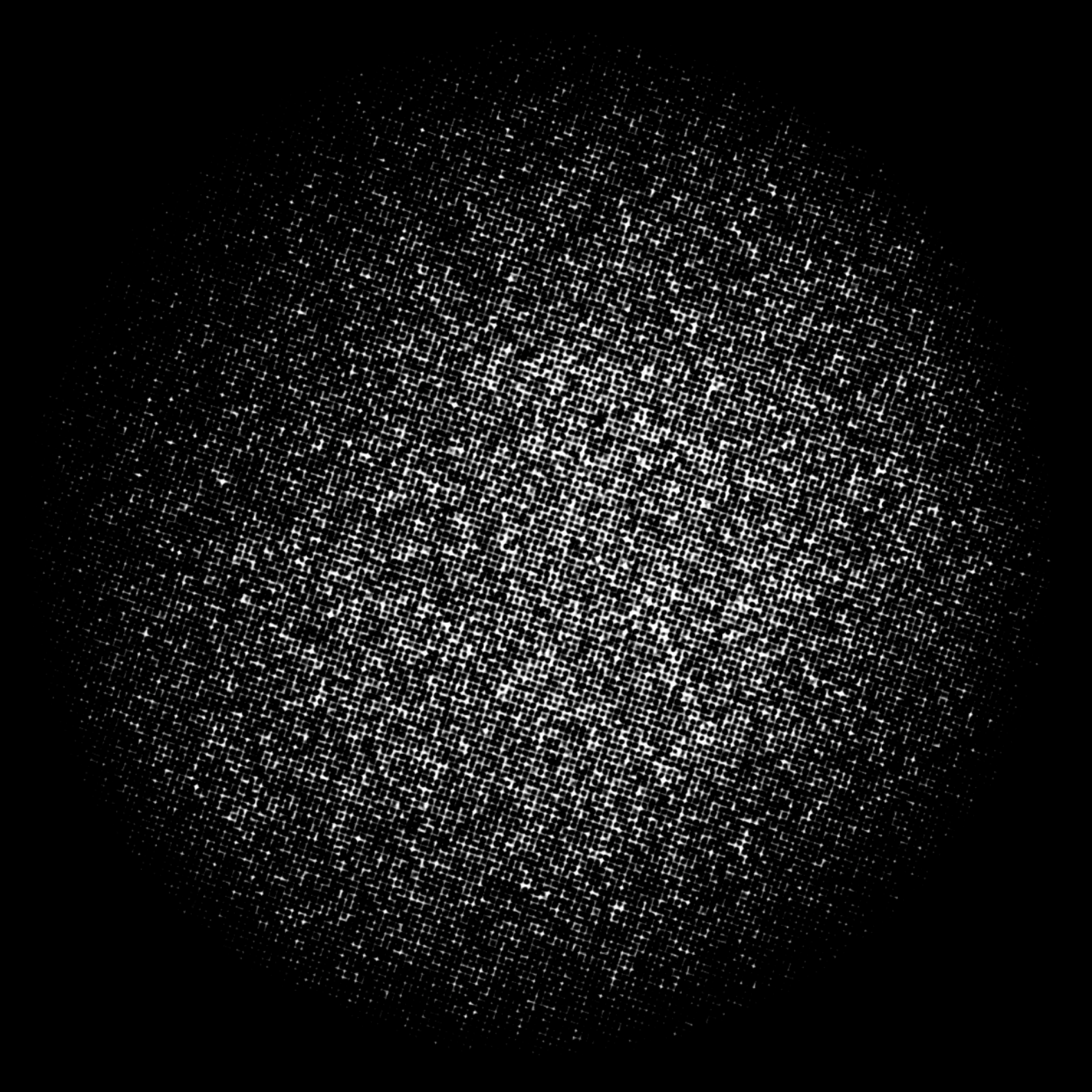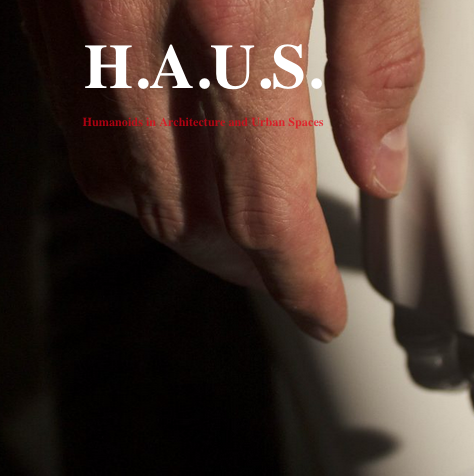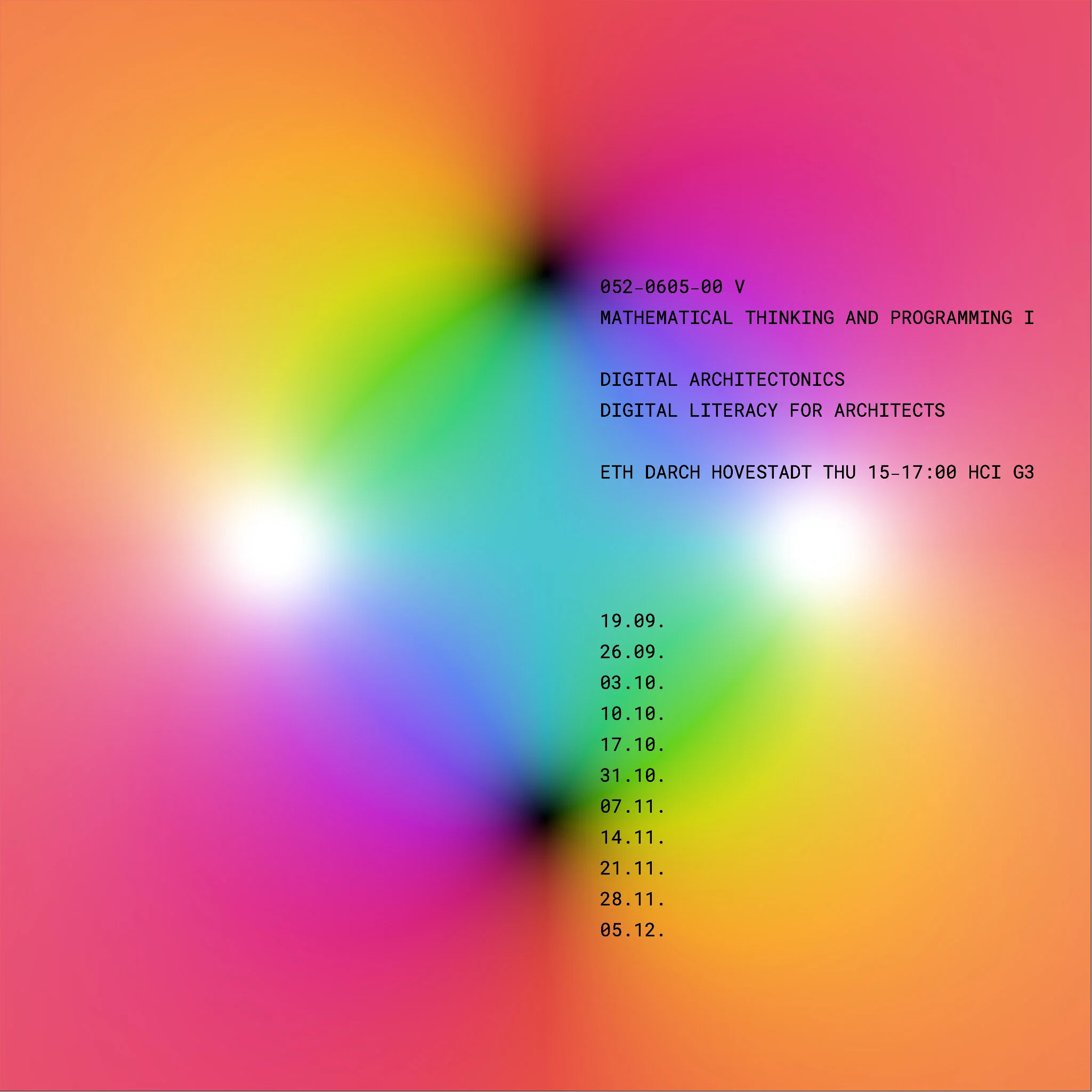....
warum Architekturtheorie und technikphilosophie?
Architecture in the Meteora
Eric Sola Price schrieb in seinem Buch Little Science, Big Science … and Beyond (1986) eindrücklich:
Today we are privileged to sit side-by-side with the giants on whose shoulders we stand. This, in a nutshell, exemplifies the peculiar immediacy of science, the recognition that so large a proportion of everything scientific that has ever occurred is happening now, within living memory.
In der Theorie geht es immer auch um eine bestimmte Art von Verwurzelung, um eine Art von ‘Radikalität’ die sich vom Boden absetzt, die sich herausdreht und abhebt wovon sie herkommt. Es geht um Möglichkeiten für ein anders-als-gewohnt. Rick Dolphijn und Iris van der Tuin haben dies schön eingefangen in New Materialism: Interviews & Cartographies (2012):
In academia, revolutionary and radical ideas are actualized through an engagement with scholars and scholarly traditions of the canonized past. Contemporary generations read, or more often reread older texts, resulting in “new” readings that do not fit the dominant reception of these texts.
Ein Schlüsselmotiv von Kanon — von Traditionen, die eine "kanonisierte Vergangenheit" verkörpern — ist die Distanz zwischen Generationen, und eine Mittelbarkeit hinsichtlich der Zeiten und Temperamente jener Stimmen und Interpretationen, die Bögen bilden und Brücken schlagen zwischen Vergangenheiten, Zukünften, und Gegenwarten. Wie soll "sitting side-by-side with the giants on whose shoulders we stand", ein "Privileg" sein? Ist eine solche Unmittelbarkeit nicht unweigerlich eine Art Kollaps für jedes Gedächtnis, das “lebendig” sein könnte? Mit diesem Vorbehalt fragt Technikphilosophie danach, wie sich in der Technik Distanzen zwischen Generationen finden lassen, und wie wir diese messen und charakterisieren lernen können.
Hier finden Sie ein ausführlicheres Statement zu unserem Zugang. ..
Why Architecture Theory and Philosophy of Technics?
Architecture in the Meteora
Eric Sola Price, a founding father of scientometrics, wrote in his book Little Science, Big Science … and Beyond (1986):
Today we are privileged to sit side-by-side with the giants on whose shoulders we stand. This, in a nutshell, exemplifies the peculiar immediacy of science, the recognition that so large a proportion of everything scientific that has ever occurred is happening now, within living memory.
Theory is always also concerned with a certain kind of rootedness, with a spiral sense of ‘radicality’ that picks up flight from circling, exploiting but also conserving, potentials for change. Rick Dolphijn and Iris van der Tuin have nicely captured this in New Materialism: Interviews & Cartographies (2012):
In academia, revolutionary and radical ideas are actualized through an engagement with scholars and scholarly traditions of the canonized past. Contemporary generations read, or more often reread older texts, resulting in “new” readings that do not fit the dominant reception of these texts.
The key characteristic of a canon—the key characteristic of how scholarly traditions manifest "canonised pasts"—is generational distance, as well as mediacy in the tempers and temporalities of the voices and interpretations that provide bridges across pasts, presents, futures. How exactly then is "sitting side-by-side with the giants on whose shoulders we stand", a "privilege"? Isn’t such immediacy inevitably a closure of sorts, a kind of collapse? With these reservations in mind, philosophy of technics seeks to spot out where the generational distances lie within technology, and how to measure and characterise them.
You can find an extended statement to our approach here.
....







![Ocean-Chart [The Bellman’s Map], in The Hunting of the Snark, Lewis Carroll.png](https://images.squarespace-cdn.com/content/v1/57c56f08d2b857370ead274e/1589810717158-2RBGH50LQ0MU48KTMO91/Ocean-Chart+%5BThe+Bellman%E2%80%99s+Map%5D%2C+in+The+Hunting+of+the+Snark%2C+Lewis+Carroll.png)






